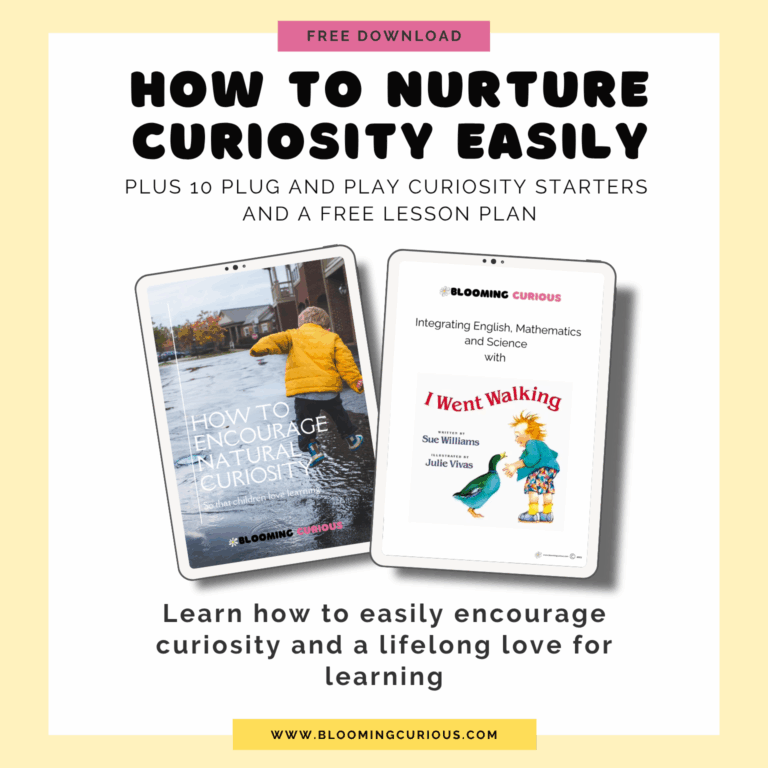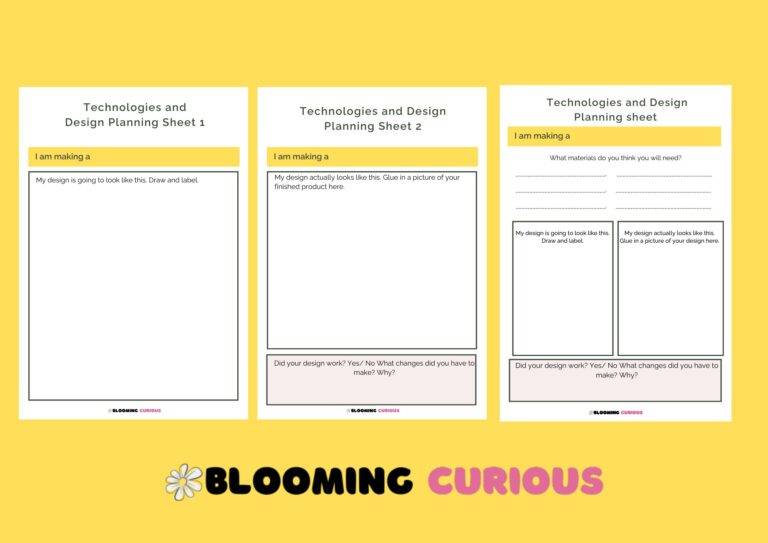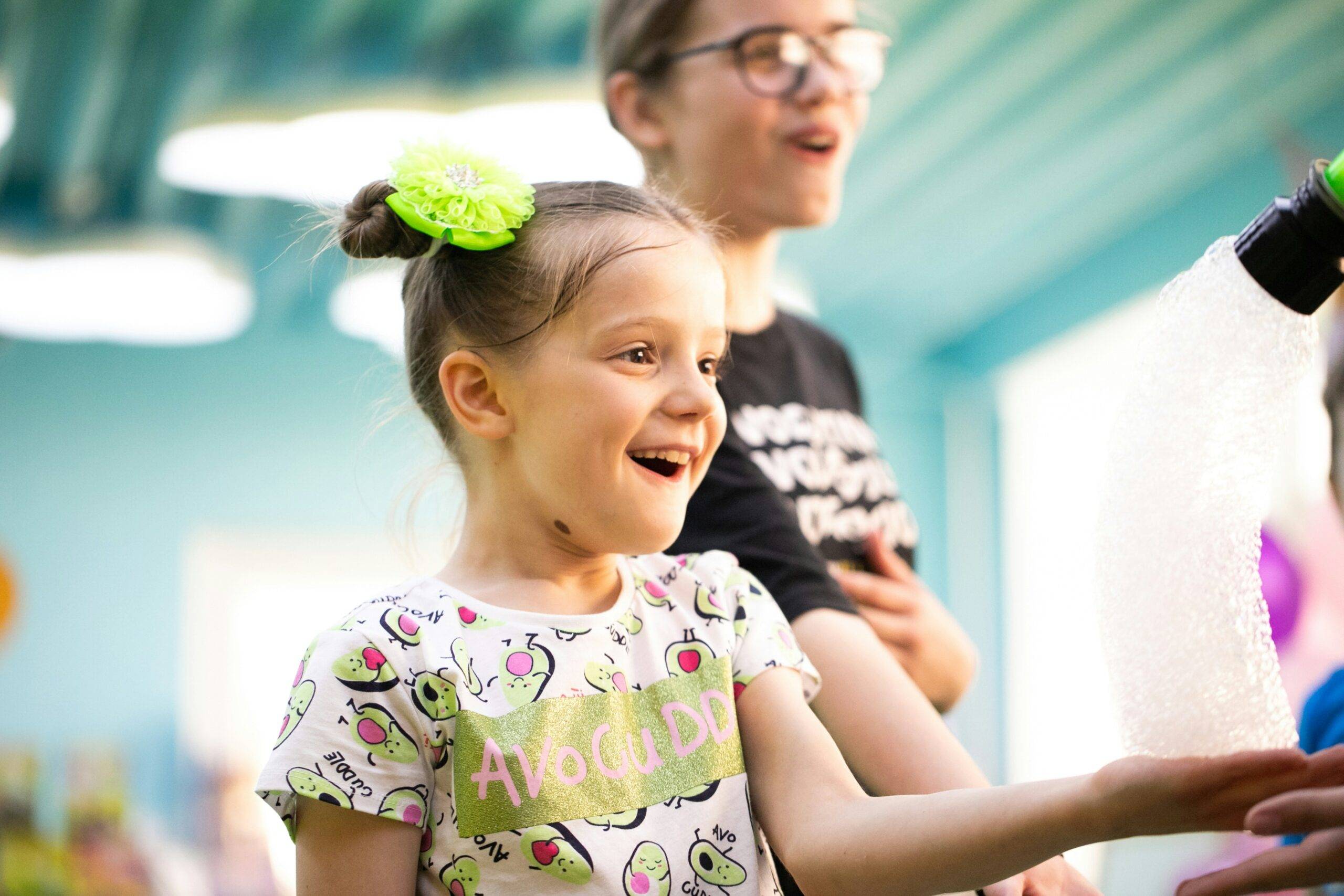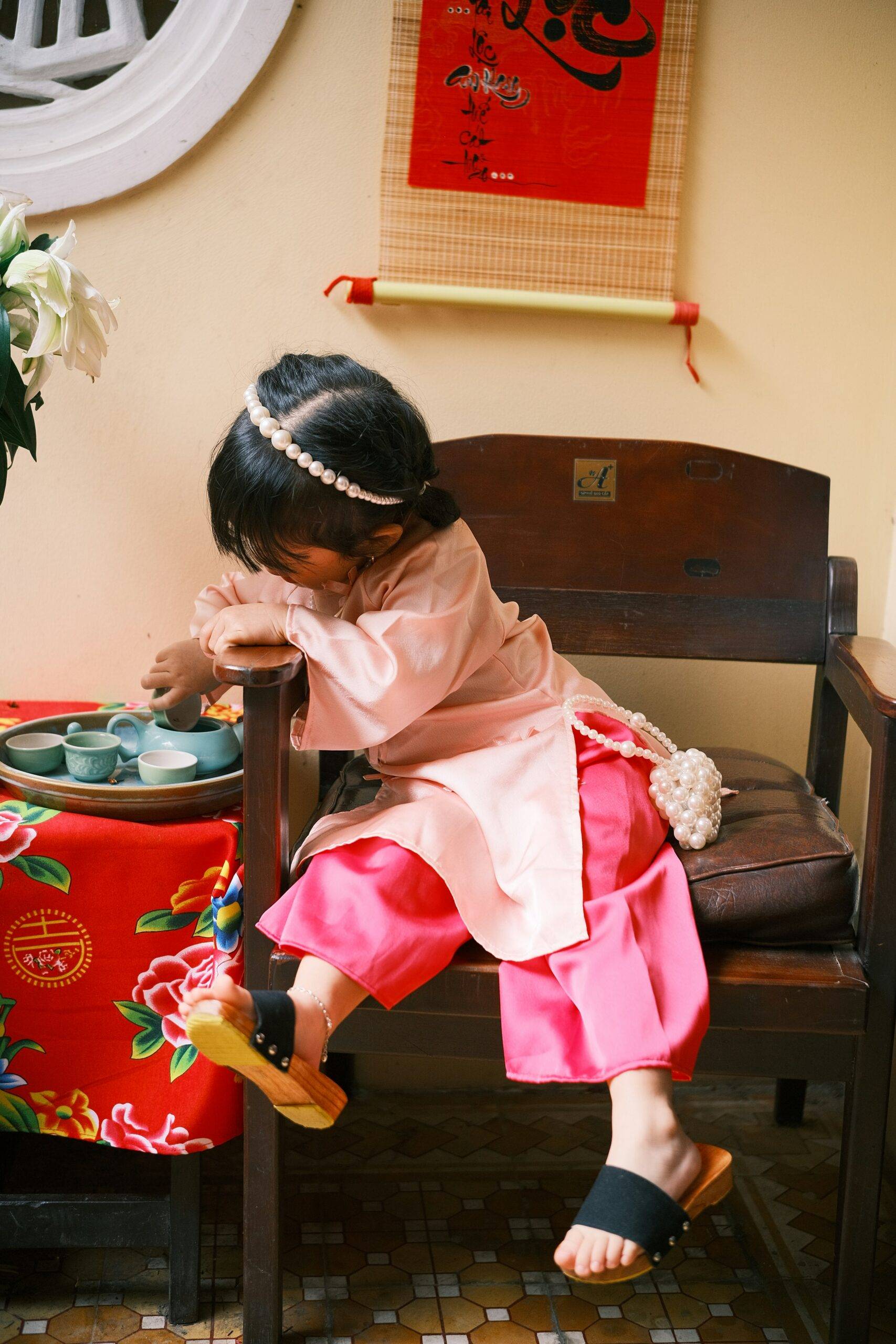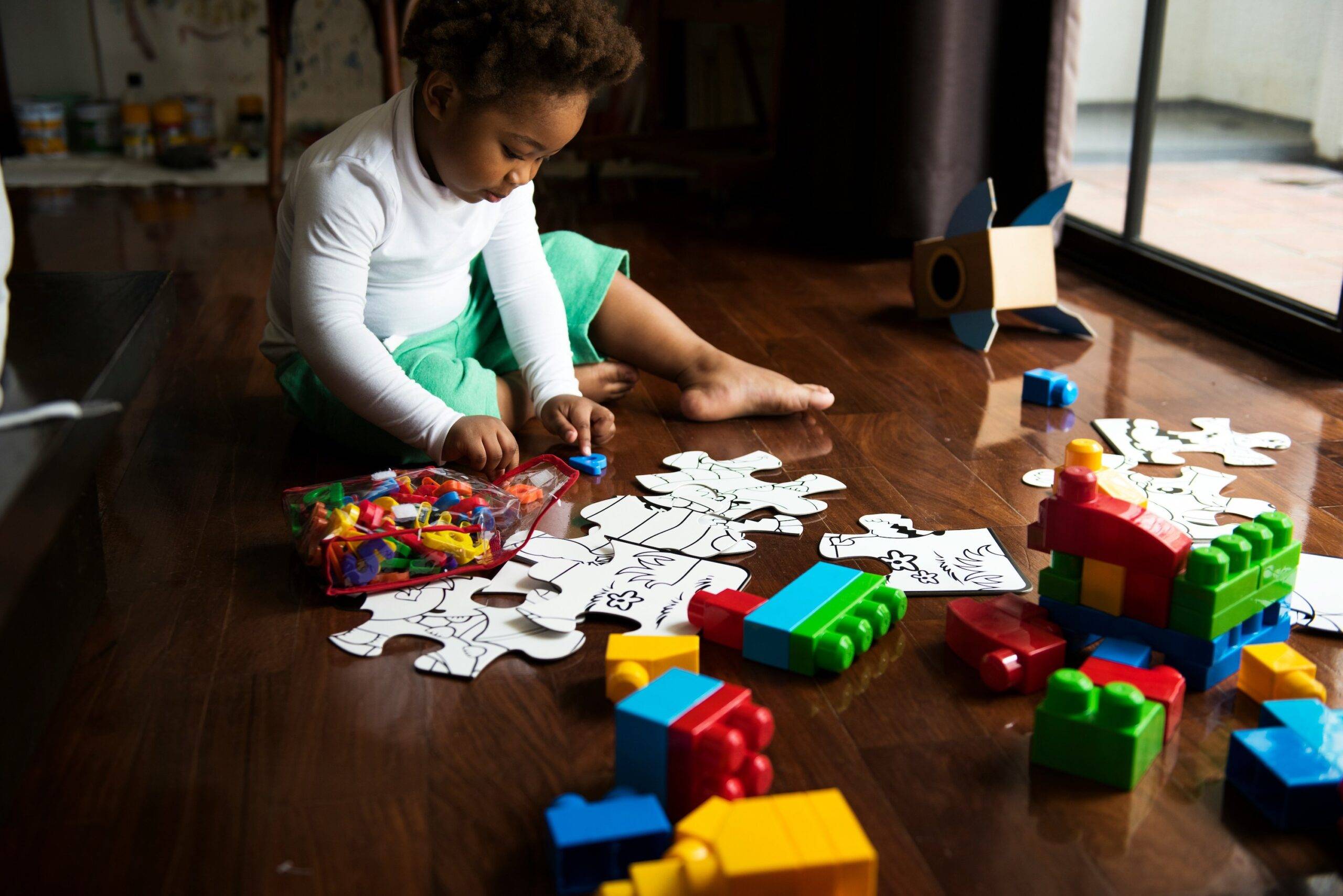Some of the links below may be affiliate links. This means that, at zero cost to you, I will earn an affiliate commission if you click through the link and finalise a purchase. All product recommendations are products that I have used and loved, or products that I would recommend based on experience.
Why Term 4 Is the Perfect Time for Hands-On Learning
As we head into Term 4 here in Australia, I know many teachers are counting down the days until the holidays. But for me, Term 4 is my absolute favourite! It’s the time when my students dive into textiles—one of the most engaging and enjoyable projects of the year. Since I was a child, I’ve loved needlecraft, spending time with my grandma learning to sew, knit, and embroider. Today, I still sew some of my own clothes and practice visible mending, a Japanese technique that transforms those rips and tears into something quite beautiful.
You may be wondering: How can I fit textile projects into the curriculum? Let me show you how to integrate these hands-on activities into your classroom while meeting learning outcomes in science, technology, and English.
Integrating Textiles into the Curriculum: Science and Design
Exploring Materials in Chemical Science Lessons
In Term 4, when teaching chemical sciences to Year 2 students, I focus on how materials change. We cook, experiment, and observe the impact of heat on various substances, like melting butter for example, when we bake. We also explore the characteristics of materials by experimenting with fabrics. For instance, we might investigate which fabric works best for making a kite—considering properties like weight and strength—or which materials are most suitable for rainy weather.
By using hands-on experiences, students engage with the science curriculum in a way that’s both interactive and enjoyable, which helps them to understand the properties of materials.
Linking Science with Design and Technology
Textile projects are a fantastic way to merge science and design technology curricula. We discuss how the characteristics of fabrics relate to their uses, and students learn to plan and create their own textile projects. These projects not only teach valuable life skills like patience, concentration, and resilience, but they also help students connect their classroom learning to real-world applications.
Collecting Materials: A Community Effort
To start, gather a variety of fabrics and materials. Don’t hesitate to ask your community for donations of old textiles—parents and grandparents are often willing to contribute scraps of fabric, old shirts, or other useful materials. Bring these materials in your classroom to inspire creativity, and provide students with examples of what they could make, such as stuffed animals, wall hangings, or sock puppets.
Student-Led Projects: How to Foster Creativity and Independence
In my classroom, every student chooses their own project. This might include sewing creatures, knitting jar covers, making bags, or weaving wall art. Students develop fine motor skills, problem-solving abilities, and independence through these activities. Additionally, the freedom to choose and create their own designs makes the experience more meaningful and engaging.

Integrating English, Digital Technology, and More
To make the most of this cross-curricular experience, students plan their projects using a design planning template. Once they complete their designs, they take photographs of their finished products and reflect on their work—analysing what worked well and what changes they had to make. This reflection helps solidify their understanding about materials and their functions.
Afterward, students create procedural text posters using digital tools like PicCollage, integrating their English language skills, which you would have already taught explicitly using a program like Pi Corbett’s Talk for Writing ( Get Talk for Writing across the Curriculum HERE) and technology knowledge. This not only helps them apply classroom lessons to their projects but also meets multiple curriculum outcomes in a meaningful way.
Tips for Managing Hands-On Lessons in the Classroom
Setting Up Your Classroom for Success
Group Students Based on Projects: Start by grouping students who want to create similar items, such as a French knitting group or a sewing group or a weaving group. Teach them the skills they need in small groups and encourage those students that have mastered the basics to assist others.
Use Online Resources: Supplement your lessons with YouTube tutorials or digital resources if students need extra support. However, I’ve found that the most effective method is hands-on demonstration, which allows for direct engagement and support.
Why Hands-On Projects Are the Best Way to Engage Students
Research shows that hands-on learning is one of the most effective strategies for engaging students. By creating projects with real-world applications, students see the relevance of their work, which increases motivation and interest. Plus, they’re left with something they can be proud of—a tangible reminder of their hard work and perseverance.
Term 4 Holiday Crafts: Make Meaningful Christmas Gifts
The final weeks of Term 4 are the perfect time to introduce holiday-themed projects, like sewing Christmas tree decorations. These hands-on activities not only create lasting memories for students but also integrate multiple curriculum areas, such as English, Design and Technologies, Digital Technologies, and Art.
Encourage students to design and sew their own holiday decorations, giving them the chance to create gifts that will be treasured by their families for years to come. This engaging project is a fantastic way to wrap up the year while still meeting educational outcomes.
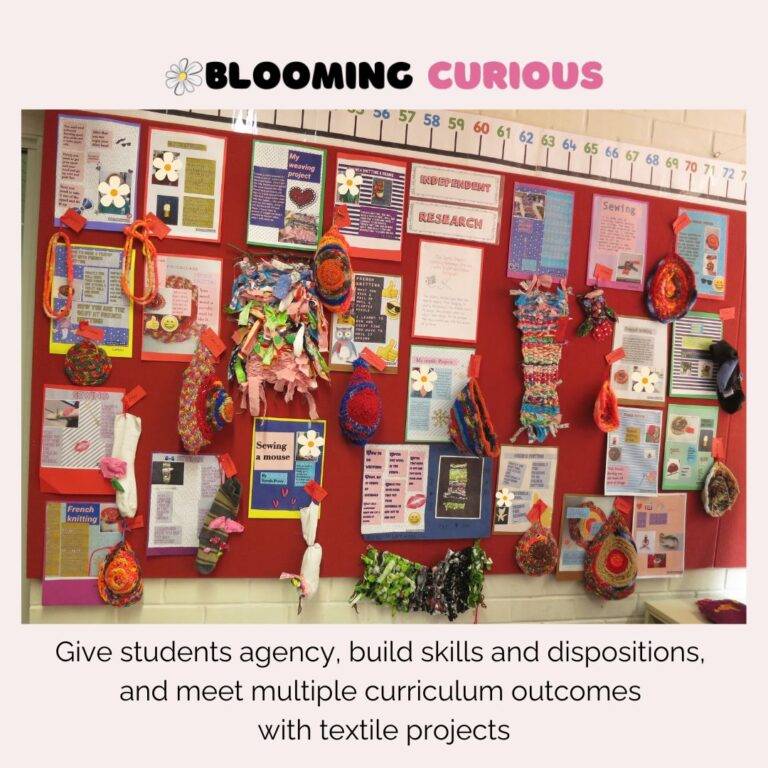
Try Hands-On Learning Download Your Free Template!
I encourage you to take these last weeks before the holidays as an opportunity to experiment with hands-on learning strategies. Download my free planning sheet to get started on your own textile projects that integrate multiple learning areas. This approach really is a wonderful way to create memorable, engaging experiences for you and your students.
If you found these ideas inspiring, please share this post with someone who might need some inspiration today.
Listen to the accompanying podcast episode #48 HERE.

